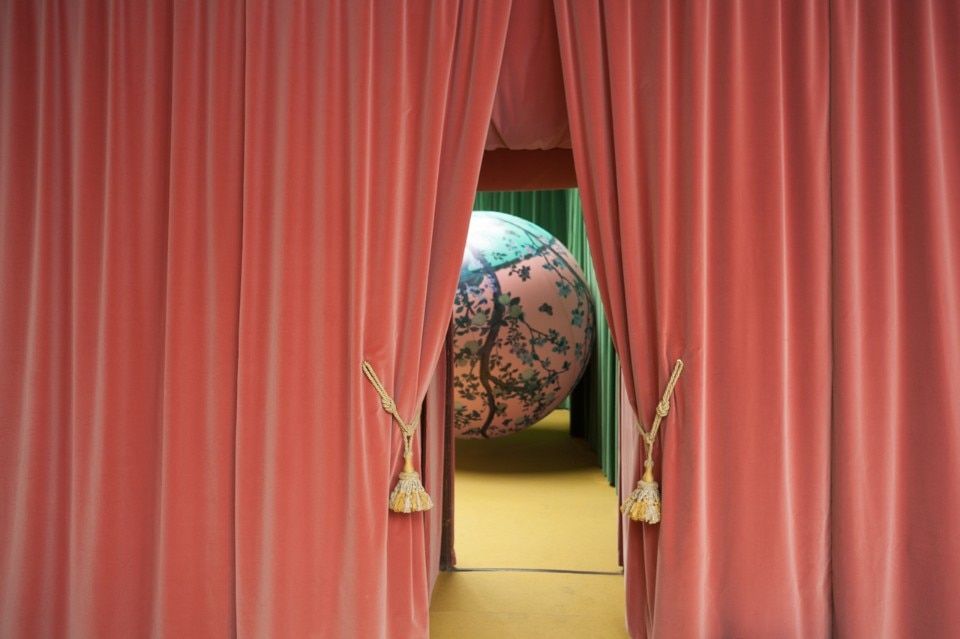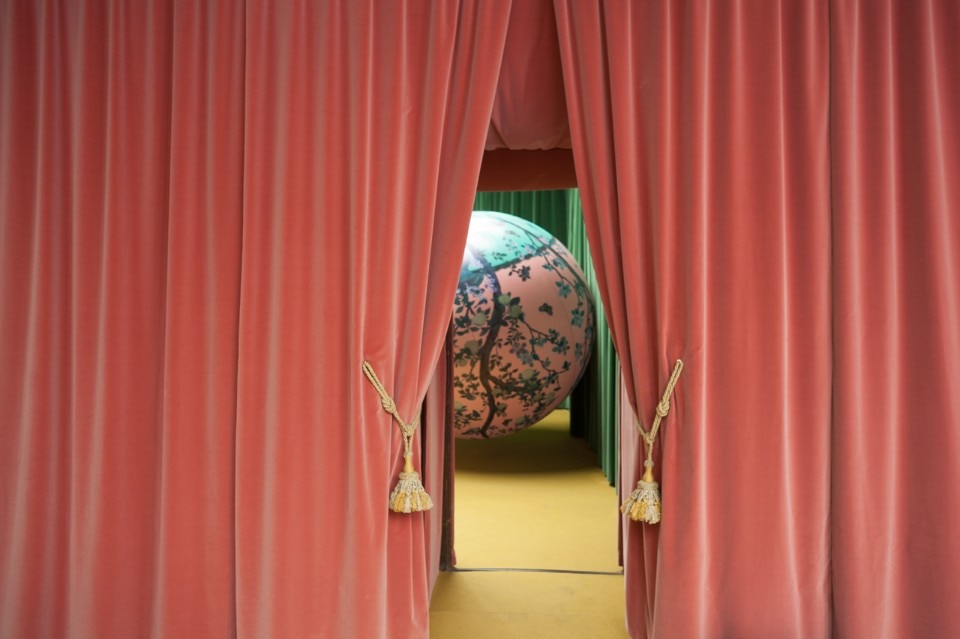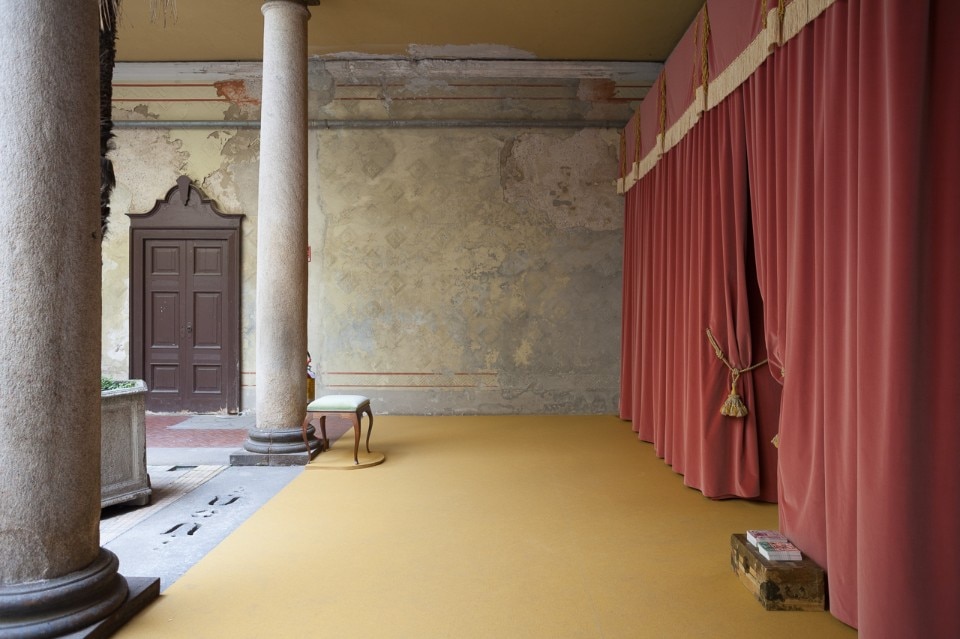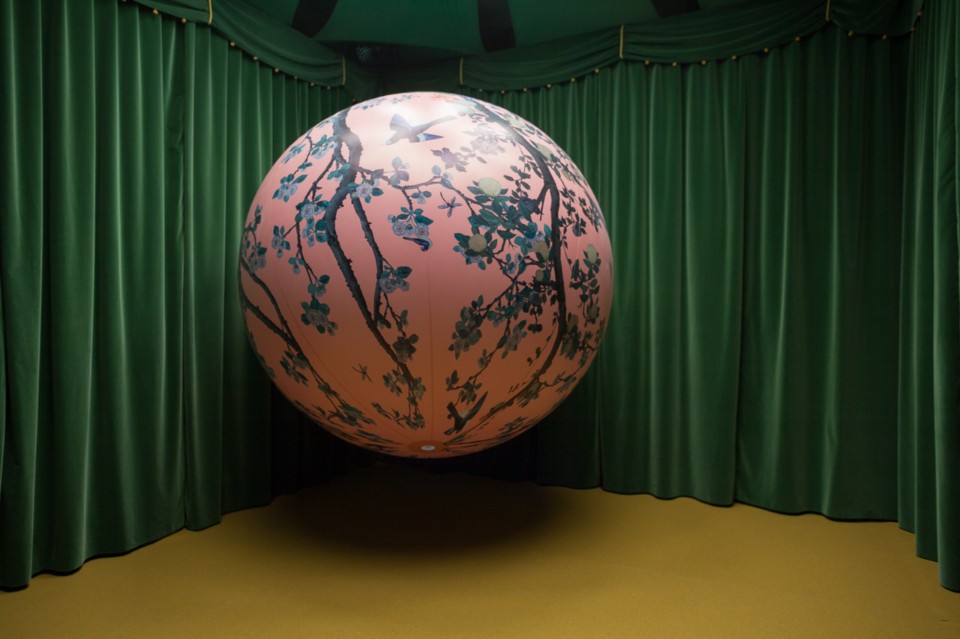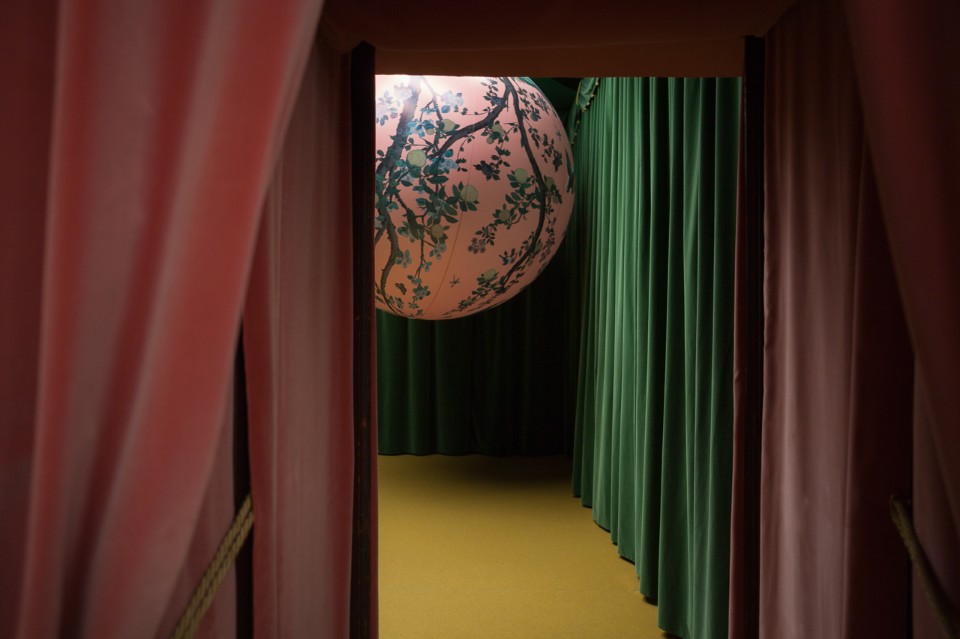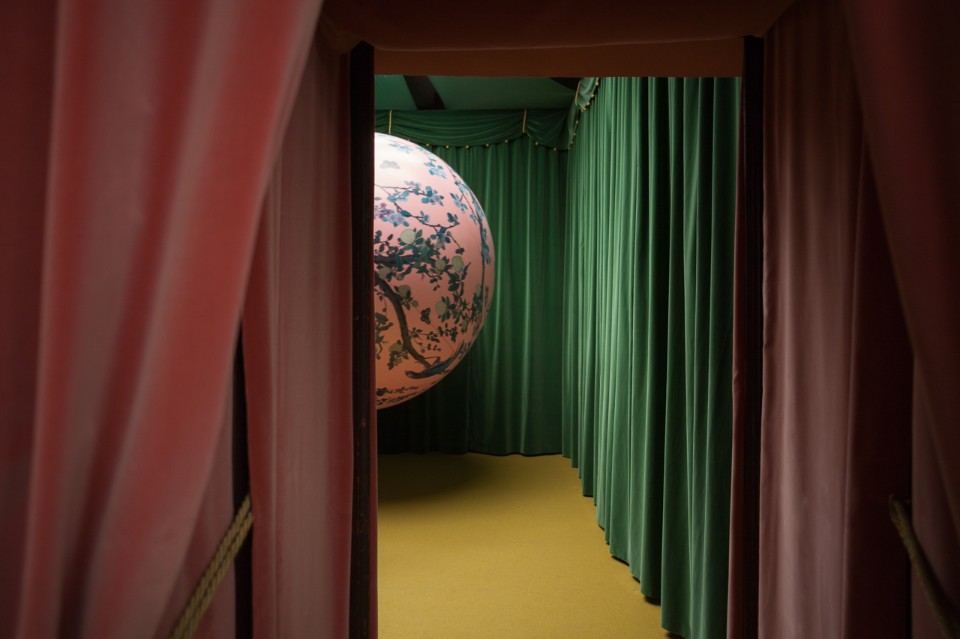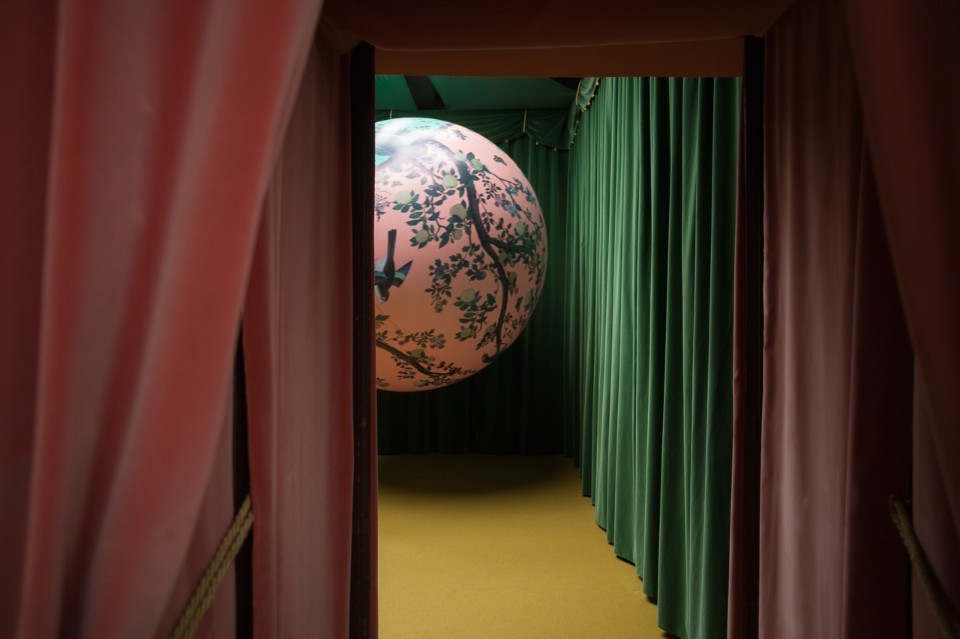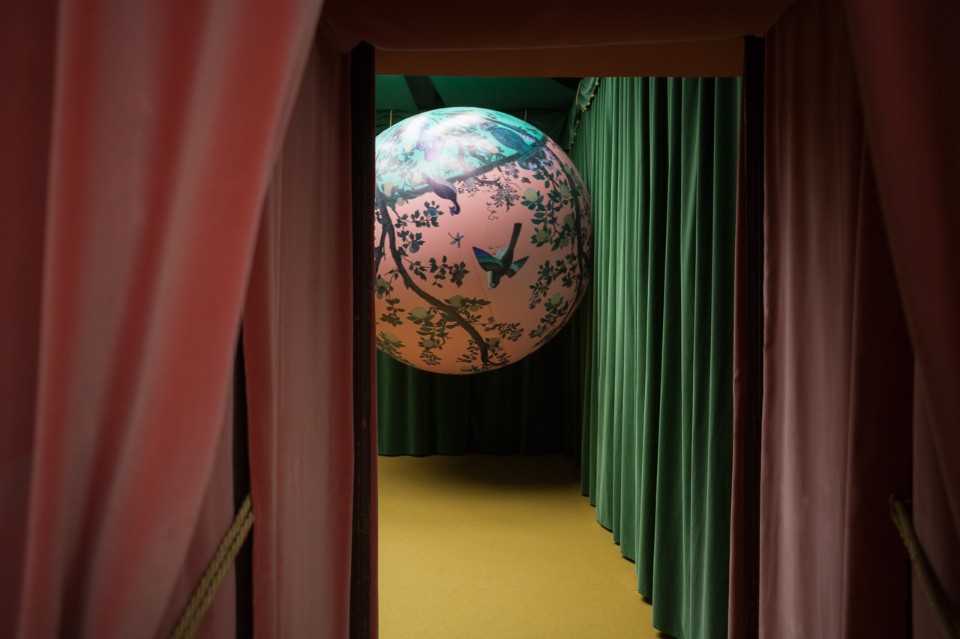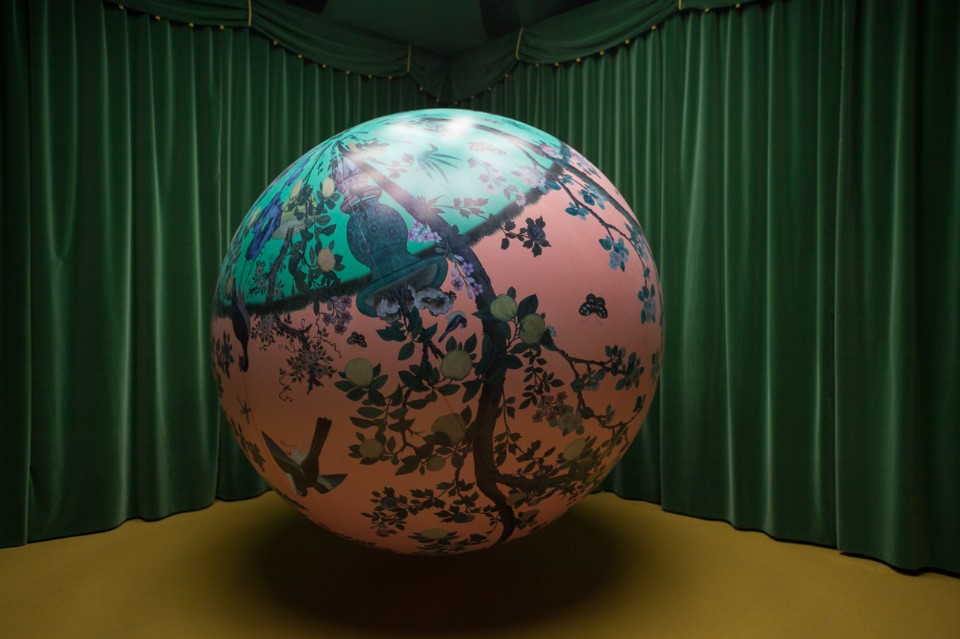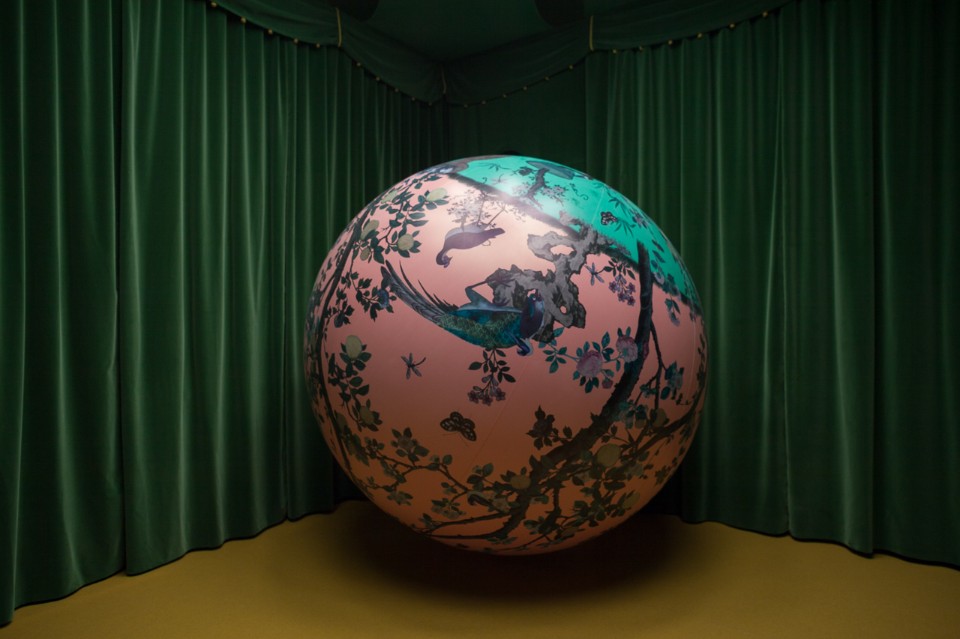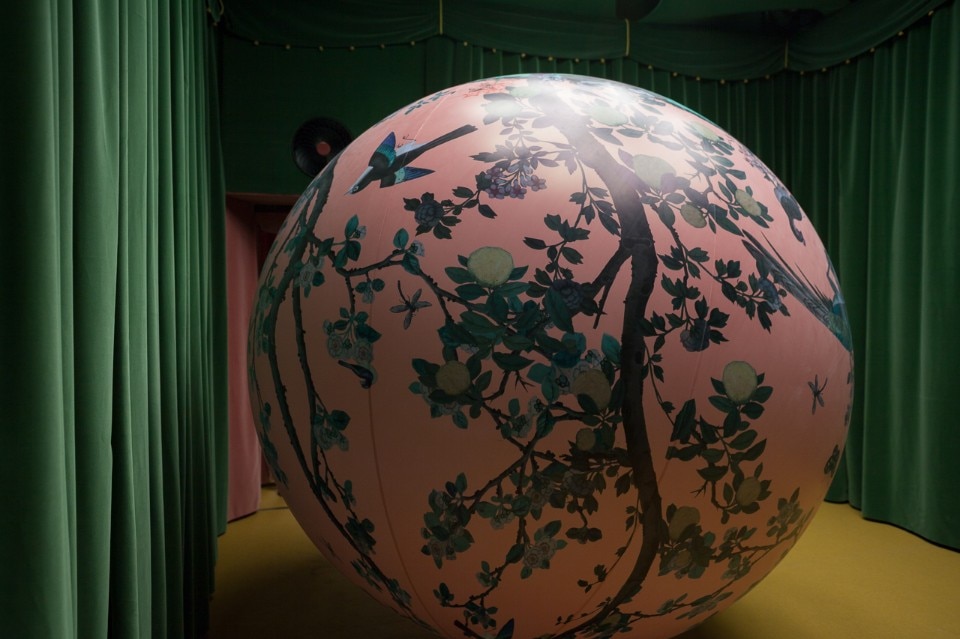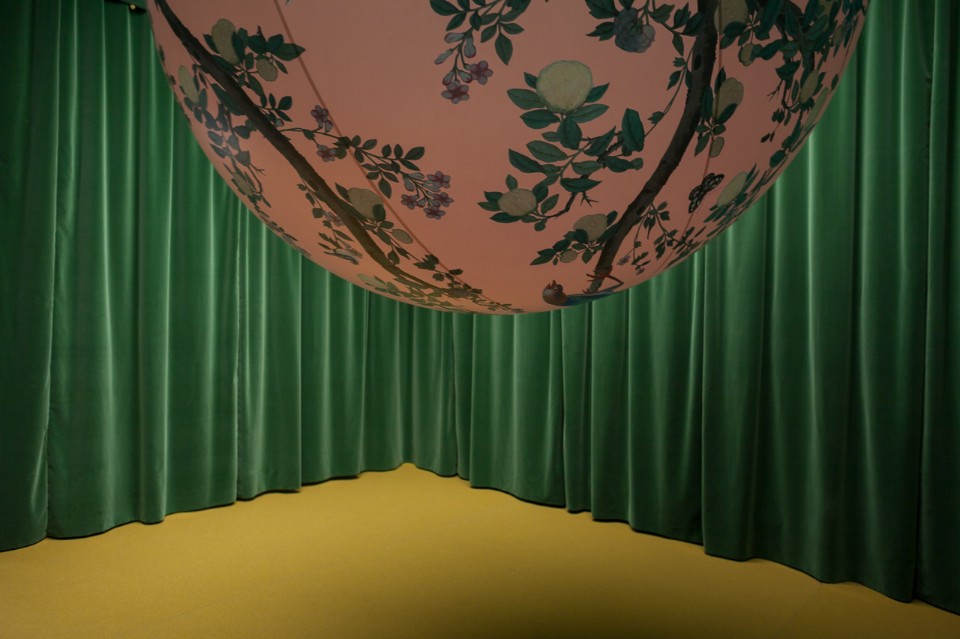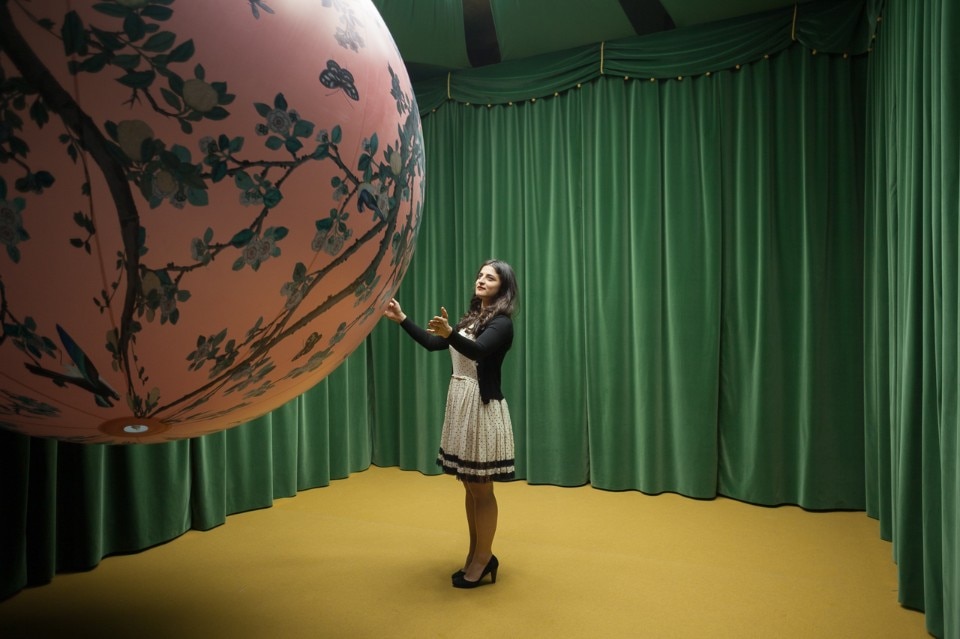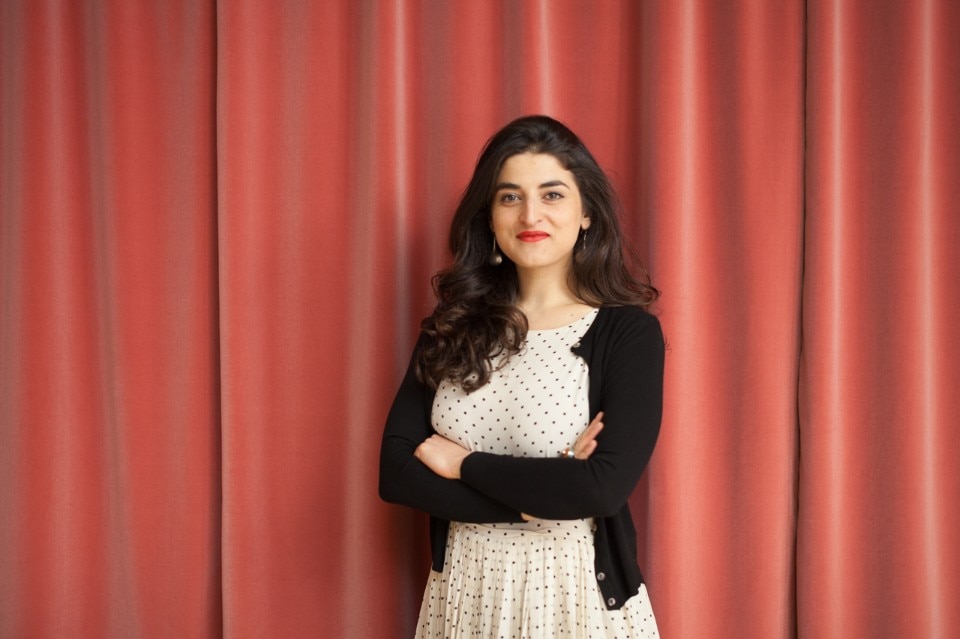“Hi Sara, I would like to interview you about your projects at Milan Design Week”. The answer speaks volumes about the designer and the intense moment she is going through: “if you accept me with dark circles and epidermal destruction, I’m here. Are we going to a spa?”. This is how an atypical conversation starts, touching not only the works presented at the Salone del Mobile, but also the themes that are dear to an emerging design talent, one of the most interesting at the moment.
Sara Ricciardi tells us about her collaboration with Alice Stori Liechtenstein, produced by 5VIE, her work at the Salone 2018 and her positive way of understanding life. Trained as a product designer, her work ranges from social design (which she teaches at the NABA), to performance art. And in September she will inaugurate her first interior: the Pataspazio.
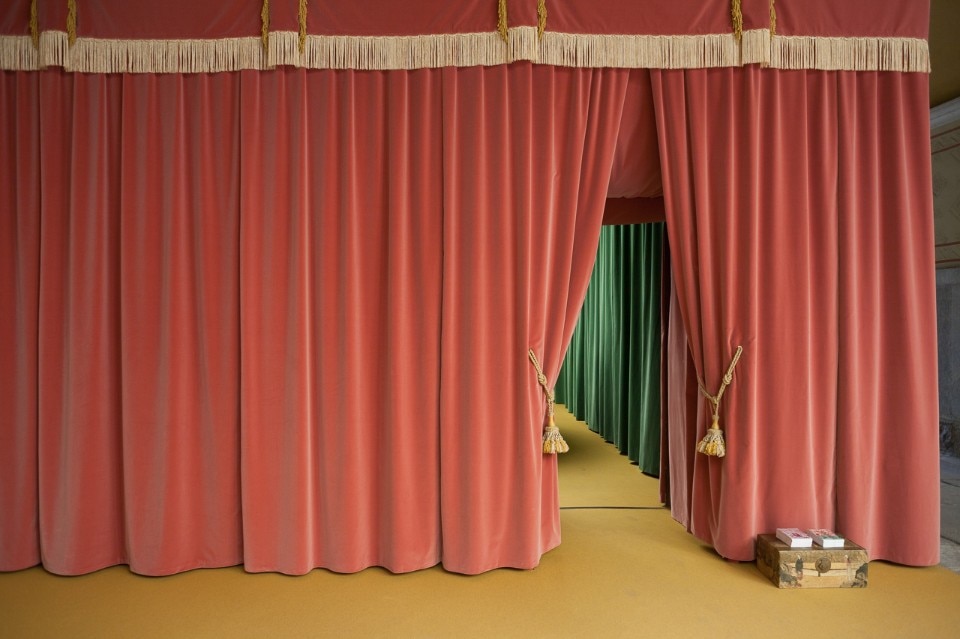
It is one of the most published projects on Instagram during the Milan Design Week. How did Arcadia come about?
Alice Stori Lichtenstein wanted me to work on the subject of inheritance to present “Legacy” in Milan: the next edition of her project Scholss Hollenegg for Design, in Graz. I devised this playful installation, because I realized we don’t choose the legacy we receive. You have to work with everything that comes to you, with the breath of your ancestors on your neck. In a noble family like Alice’s, for example, everyone feels this duty to achieve something. It amused me that with Alice it took the form of promoting design and conducting research into it, inviting designers to do projects related to the castle. So the inheritance is a burden, heavy, intrusive, but you have to play with it. At 5VIE I’ve done an installation project where I drew on the castle again, doing research into patterns and colours. I reconstructed a room that sends you back to the castle with its velvet curtains, into a space of 20 square metres, where I recreated the sound of Arcadia, in collaboration with sound designer Alfredo Dionisi.
Why did you call it Arcadia?
I see Arcadia as an idyllic place, where people find peace, serenity. You find the real Arcadia, the real idyll, when you succeed in working with the elements you have. You don’t always need to teleport yourself to a mountaintop with a harpist. You have find your own Arcadia even in Milan with its smog. Winds blow inside the room, from an array of fans activated by people passing by, and a giant ball invades the whole space, suspended, on which I reproduced the graphics of the castle’s wallpaper, in the room where I slept the first night, a landscape of citrus fruits, lemons and swallows that represents the legacy.
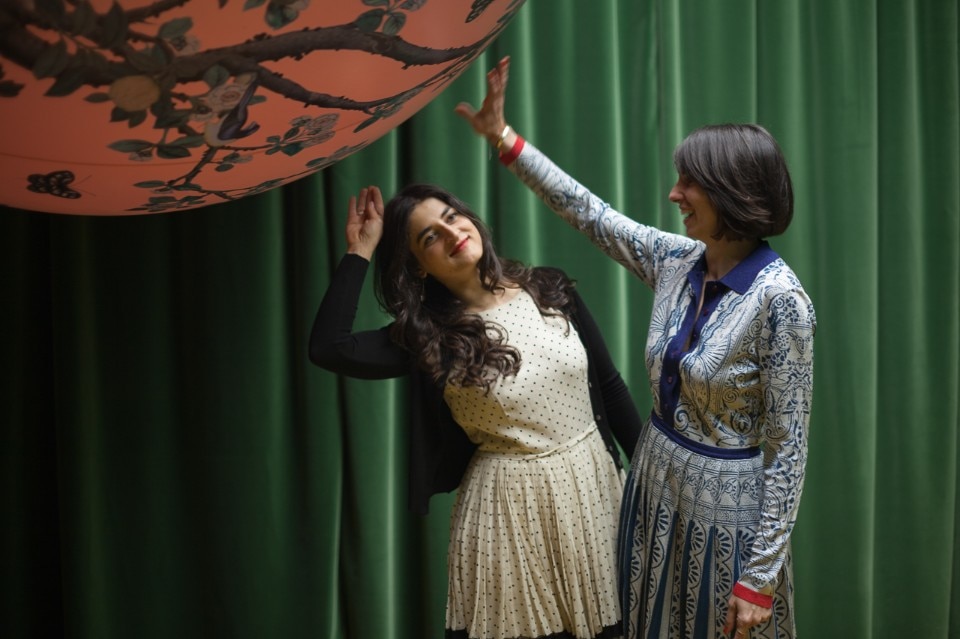
What else did you bring to the Salone?
A collection of diffusers for interiors for Culti, at Wallpaper* Handmade. I drew the inspiration from temples, to which I’m deeply attached. I love the sacred. I worked with glass, inspired by Doric columns. I made a souvenir of Milan for the Brera Design District, indulging my Pop vein with temporary tattoos replicating the paving of the Galleria Vittorio Emanuele. Then I have pieces in the Fair with various firms, but I’ve found that the things I like most of all are installations, teaching, workshops, relationships with people, spaces, narratives. Creating introspective interiors that start from a person’s identikit. Finally I worked on Libra, a project for Hands on Design with an artisan ceramist from Cava dei Tirreni: vases that balance themselves and remain poised.
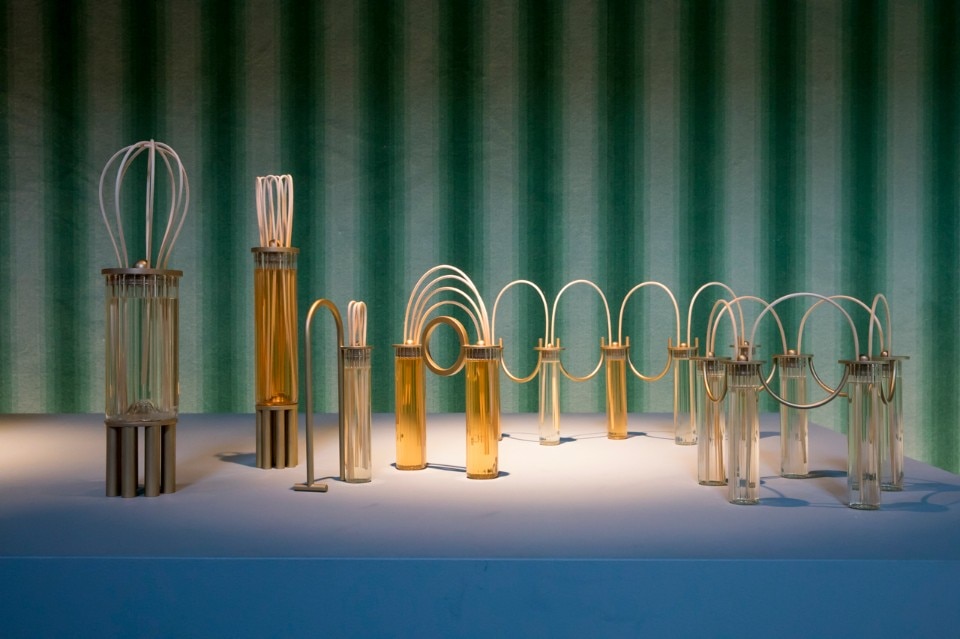
Like in ikebana, with wich you have a special relationship.
As I developed as a person, and so also in my career, at a certain point I encountered this fascination with ikebana, a moment of clarity. I’m very fond of the natural element and even the death of the flower. You appreciate the cyclicity of time, decay, and you can face up to issues that I think in Italy obsess us. Everything has to be forever, stable, perfect. Ikebana teaches you to manage failures and decline more easily.
So working on design is working on yourself?
You can’t escape yourself, ever. If we all felt a little closer to what we’re doing – the person next door, our own work, dinner – we’d understand we’re involved all the time in a series of generative processes. These are concepts that I develop when I want to instil my students with lots of enthusiasm. Certainly society tends to keep us a bit amalgamated, and one of the exercises I like getting them to do at the beginning is to create an identikit, helping them let go and lose themselves. I work a lot with psychogeography, because everything seems to be so under control and already established by someone else that we don’t listen to things and don’t allow ourselves to be guided by whatever’s around us with ease, simplicity and trust.
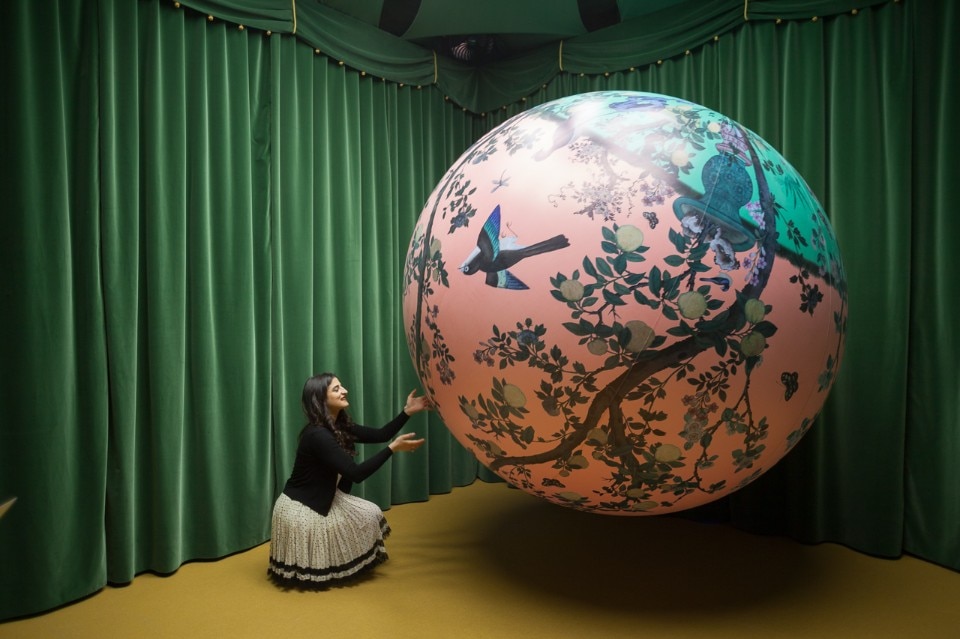
What is creativity?
Creativity is like a muscle. You have to train it, to practise it, you have to keep working on it. There are aptitudes, certainly, which come from past experiences, family influences, the places where you grew up, and all this plays a part. But creativity is for everyone, it belongs to everyone, everyone can do it in different ways, with their intelligence – some are more physical, others more mental. Gianni Rodari’s book Grammar of Fantasy has always been fundamental for me. It teaches you how to play with terms, chop them up, pull them apart and put them back together. You have to feel the urge to explore and be guided by things, be very analytical and curious. Edward De Bono and Bruno Munari are figures who helped me in this way.
In this very intimate story that is life, design is a tool, like making bread might be to someone else. They’re all relational instruments for doing things.
How do you explain to your students what design is?
I think I’ve never explained it. I’ve never answered a question like this because it’s a very intimate point for me. I won’t tell you what the meaning of design is for you, because you have to find out for yourself. In this very intimate story that is life, design is a tool, the way journalism is to you now, or like making bread might be to someone else. They’re all relational instruments for doing things. Design has taught me this material beauty, because materials, like people, pass through different stages. You discover iron is very hard, but then, if you use a powerful, continuous flame, it melts. So you understand how many tools you need to develop, your own personal instruments. I teach my method, another teacher will have another method and the students will have to sift through it all and create their own narrative.
What’s your dream project?
Whatever crops up. I’ve learned that having expectations really means underrating life, because you always get something a lot better. It’s always a surprise.
Three tips to survive the Salone?
Forget the clock, throw yourself into it and have fun without rushing about too much. Salonemania with a string of appointments can ruin your health! A toothbrush. On these 6 days it’s important to never go home, trust me. Small bags – I hope it’ll deter you from collecting millions of beautiful paper booklets you’ll never get around to reading.
- Title:
- Arcadia
- Designer:
- Sara Ricciardi
- Curator:
- Alice Stori Lichtenstein
- Event:
- 5vie, Fuorisalone 2018
- Address:
- via Cesare Correnti 14
- Opening dates:
- 16–22 April 2018



